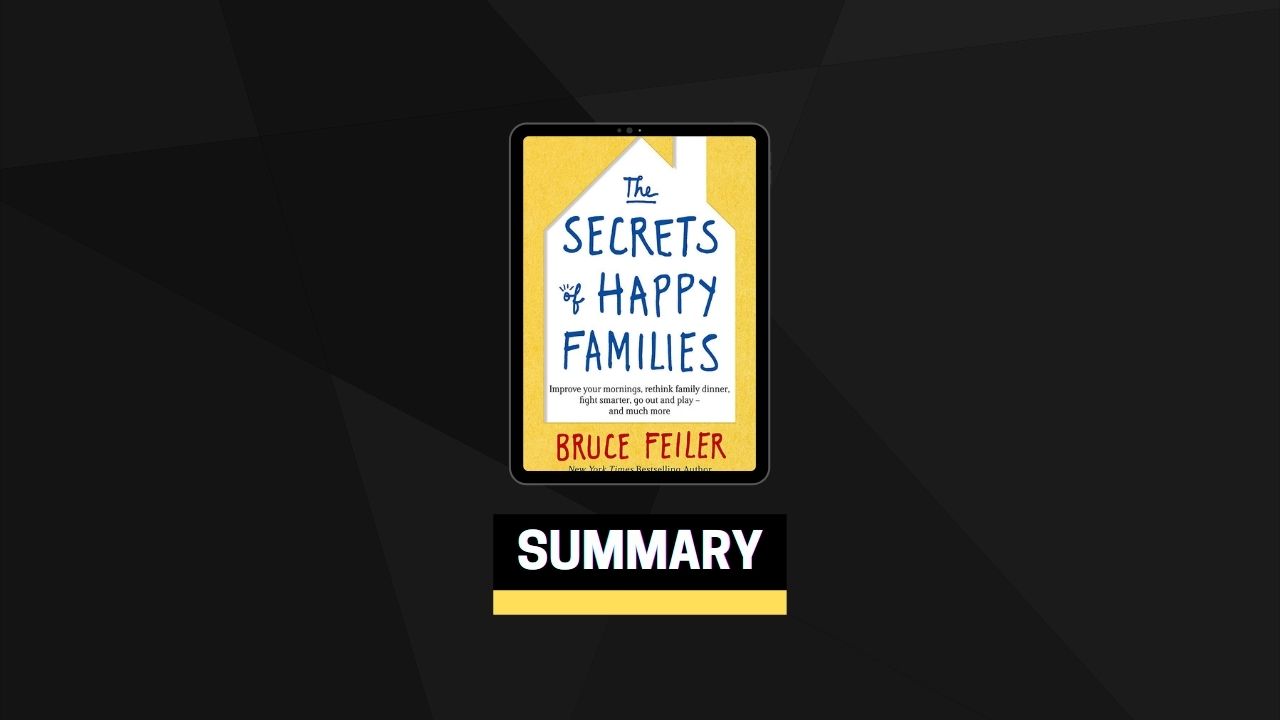We are not individuals forced to live against our will in groups. We are inherently social beings. Our lives are shaped by our ability to cooperate and coexist with those around us. We function most effectively in teams, networks, or groups.
Sure, some of these groups are made up of strangers, colleagues, or friends. But the most foundational of these groups—the group that’s most important to identity, to our self-esteem, to our capacity to love, and to our ability to be satisfied in our lives—is our family. Far from being something we tolerate when we’re young, than flee as soon as we’re old enough, the sticky, lovable, chaffing extended clan is our natural state.
We are wired to be in families.
So how do we get ours right? Or at least as right as we can?
#1 Adapt All the Time
The idealized, mid-twentieth-century family came with preset roles—the father did this, the mother did that, the children behaved in a certain way. There was a clear script, and millions after millions aspired to realize that script, even if few actually did.
That script has been thrown out. Whether we’re talking about the makeup of your family, the strategy you use to get your family out the door every morning, the way you feed your family every night, or the techniques you use to discipline, entertain, or inspire your family, the smartest research shows, and the most effective families know, you have to be flexible. You have to be agile.
Agile can mean lots of things. It can mean, like the early adopters of agile family techniques, using more morning lists, chore charts, and other means of being accountable. It can mean weekly family meetings to evaluate how your family operates. It can mean simply looking at when you eat meals, how you give out allowance, or where you sit during family discussions and changing things from time to time. Above all, it means your family is capable of evolution and change.
In their detailed studies of American families, Reed Larson, of the University of Illinois, and Maryse Richards, of Loyola, discovered that the most successful families rely on continuous renegotiation. “Collective family well-being depends not on fixed role assignments,” they wrote, “but rather on flexible processes that allow the family to adjust and adapt.”
Management guru Tom Peters, author of In Search of Excellence, coined a colorful term that captures this idea of continuous reinvention. The best way to keep up with the ever-changing nature of our times, he said, is to follow what he called “perhaps the only surefire winning formula for success”: S.A.V., or screw around vigorously.
Now there’s a motto for our age. Want to have a happier family? Tinker with it all the time.
#2 Talk. A Lot
Most healthy families talk a lot. From mealtime to long car rides, from disputes between spouses to showdowns among siblings, from money to sex, a key ingredient of successful families is the ability to communicate effectively.
But “talking” does not mean simply “talking through problems,” as important as that is. Talking also means telling a positive story about yourselves. Specifically, one powerful form of talk families do together is to create a family narrative.
Marshall Duke, the Emory psychologist showed that the more children know about their parents and grandparents, especially their successes and failures, the more they are able to overcome setbacks. The navy uses a similar technique of connecting newcomers with the storied lives of their predecessors.
Jonathan Haidt summed up the importance of storytelling in The Happiness Hypothesis. Feeling good about yourself involves stitching experiences into a forward-moving, hopeful narrative. “If you can find a way to make sense of adversity and draw constructive lessons from it, you can benefit.” When faced with a challenge, happy families, like happy people, just add a new chapter to their life story that shows them overcoming their hardship. This skill is particularly important for children, whose identities tend to get locked in during their adolescence.
Simply put, if you want a happier family, spend time crafting, refining, and retelling the story of your family’s positive moments and your ability to bounce back from the difficult ones. If you tell it, they will come.
#3 Go Out and Play
Finally, don’t just make adjustments and tell stories. Make fun.
Playing games. Taking vacation. Having get-togethers. Inventing goofy traditions. Cooking. Swimming. Hiking. Singing Dad’s favorite song that makes everyone’s eyes roll. Tossing a football. Going bowling. Getting lost. Making a giant domino trail on the dining room table. Whatever makes you happy, doing it with other family members will make your family happier.
“Happiness consists in activity,” the British writer John Mason Good said nearly two centuries ago. “It is a running stream, not a stagnant pool.” Modern science has backed him up. As happiness expert Sonja Lyubormirsky observed, activities that give us durable happiness are the ones we have a hand in creating. We don’t just sit back and receive pleasure. We actually generate the pleasure ourselves. “And you have the ability to make them happen again,” she wrote in The How of Happiness. When you and the people around you are the source of positive emotion, she continued, the happiness is “renewable.”
This idea may not be particularly groundbreaking to families, but it seems to be among the hardest to act on. If you want to have a happier family, find some of those family members, make some time, and play.
Call to Action
All the researchers who’ve examined well-run organizations, championship teams, or successful groups of any kind have come to pretty much the same conclusion. Greatness is not a matter of circumstance; greatness is a matter of choice. And the best way to make that choice is to take microsteps. There’s no grand defining action; no single gesture; no magic lever you can pull or button you can press. There’s just a commitment to making incremental changes and accumulating “small wins.”
For busy families, this idea of gradual victories is both comforting and energizing. You don’t need a wholesale makeover. You just need to get started. The surest way to have a poorly functioning family is to be content with the status quo. The easiest route to unhappiness is to do nothing.
The opposite of that dictum also holds: The easiest path to happiness is to do something. As the Dalai Lama said, “Happiness is not something ready-made. It comes from your own actions.” Tackle the challenge that’s been nagging your family, tweak the routine that’s not working any longer, have the difficult conversation, pull out the game from the back of the closet.
Reach for the green stick. You may not find it today, tomorrow, or even next month. You may not discover it until the kids get through this awkward phase. But you can craft a new strategy for the mornings, or make some time to get everyone together in the backyard. And you will reach that point, as long as you make the effort to start. In the end, this may be the most enduring lesson of all. What’s the secret to being a happy family?
Try.


